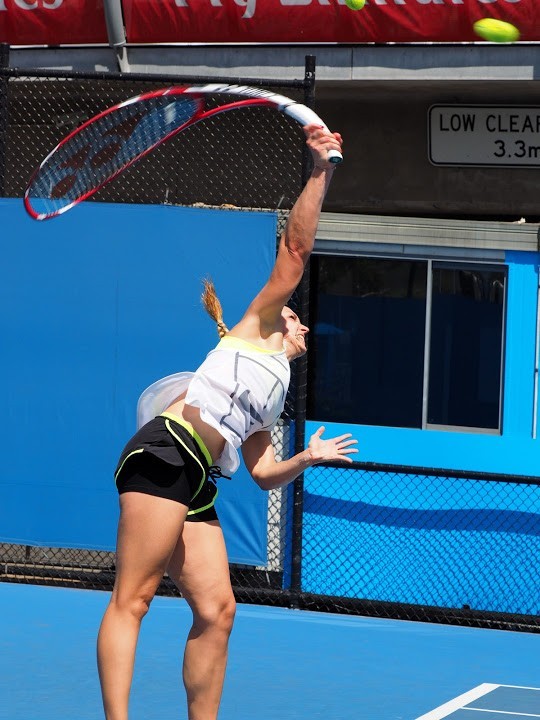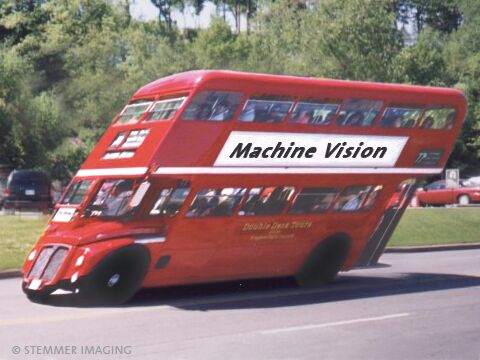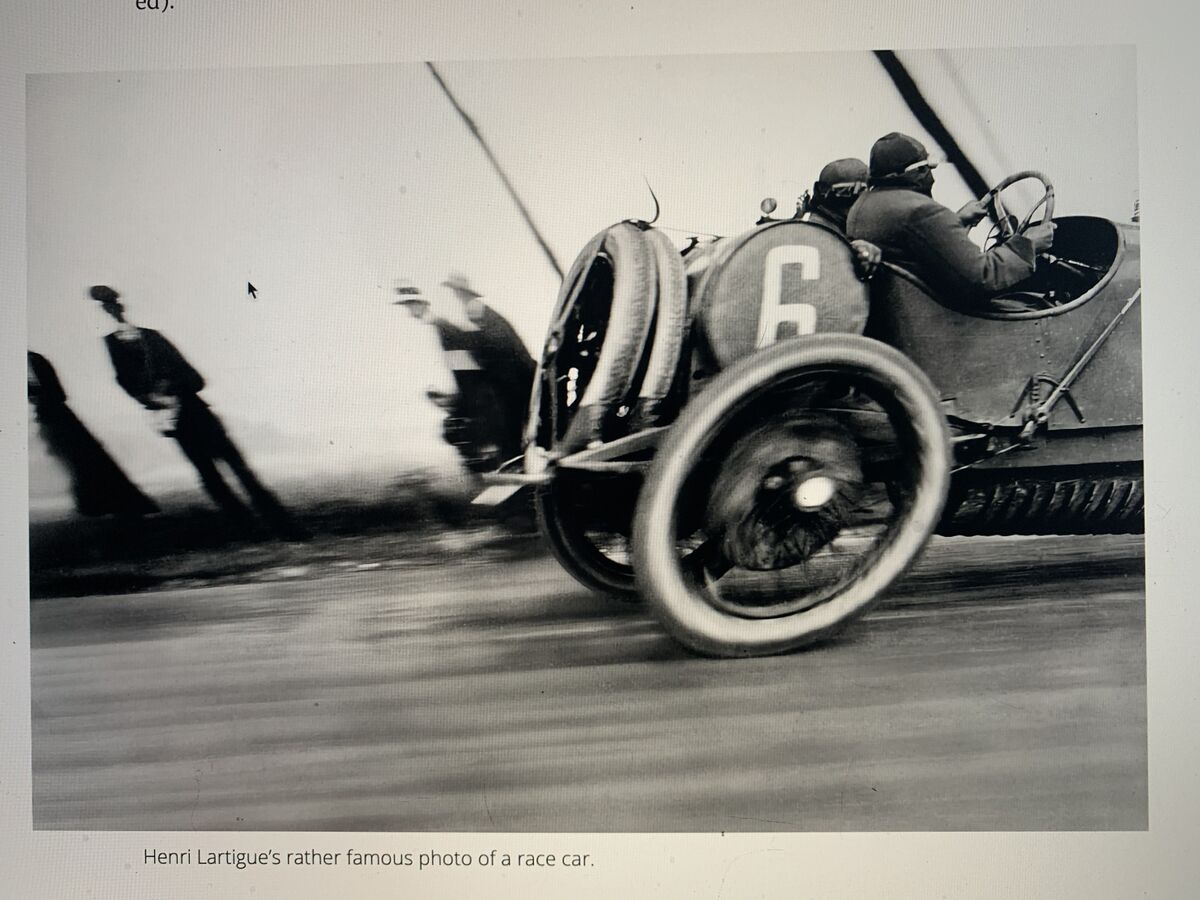Shutter in a mirrorless
Jan 17, 2023 11:23:08 #
I am not sure I understand the function of a shutter in a MILC. It must be open for the EVF to work, so why is it even needed?
Jan 17, 2023 11:28:00 #
PHRubin wrote:
I am not sure I understand the function of a shutter in a MILC. It must be open for the EVF to work, so why is it even needed?
Some camera like the Nikon Z9 doesn't have the shutter but in the majority of the mirrorless there is still the shutter. If the electronic shutter is used then the mechanical shutter isn't used and it stays open. But when the mechanical shutter is used it is needed to stop the exposure of all pixel site at the same time (which isn't at the same time either just faster).
Jan 17, 2023 11:54:37 #
Paul, how would you control the "time value" portion of exposure without a shutter?
Re the Nikon Z9, it does not have a mechanical shutter, but it does have an electronic one.
Re the Nikon Z9, it does not have a mechanical shutter, but it does have an electronic one.
Jan 17, 2023 12:09:14 #
tcthome
Loc: NJ
Linda From Maine wrote:
How would you control the "time value" portion of exposure without a shutter?
Re the Nikon Z9, it does not have a mechanical shutter, but it does have an electronic one.
Re the Nikon Z9, it does not have a mechanical shutter, but it does have an electronic one.
Some mirrorless offer both mechanical & electronic shutter. There still might be some advantages of a mechanical shutter for cameras with a slower read out sensors for fast moving subjects. Also some of the mirrorless cameras have a mechanical shutter that closes when the camera is turned off to help prevent dust from getting on the sensor when removing the lens.= It is always opened or up when turned on or shooting.
Jan 17, 2023 12:23:25 #
tcthome wrote:
My reply to the OP was in the form of a question Some mirrorless offer both mechanical & electronic shutter. There still might be some advantages of a mechanical shutter for cameras with a slower read out sensors for fast moving subjects. Also some of the mirrorless cameras have a mechanical shutter that closes when the camera is turned off to help prevent dust from getting on the sensor when removing the lens.= It is always opened or up when turned on or shooting.
 His question is why is there a shutter, period. He wasn't asking about differences between electronic and mechanical - at least I don't think he was.
His question is why is there a shutter, period. He wasn't asking about differences between electronic and mechanical - at least I don't think he was.My second sentence was addressing BebuLamar's comments about the Z9. Hopefully, I was correct (or rather, my quick Google search was correct).
Jan 17, 2023 12:24:32 #
I learned the hard way with a Panasonic GX8 which is a M4/3 mirrorless from about a half dozen years ago.
I was shooting girls on horses practicing their "barrel racing". I had selected the electronic shutter. The effect is called "rolling shutter". Electronic shutters start at the top of the sensor and "roll down" while the horses keep moving. You get distorted shape. Had I use mechanical shutter, the horses would be "frozen".
In other words, my electronic shutter is useable for a lot, but not fast horses, fast cars, soccer games or track meets.
I've read where the Nikon Z9 has somehow solved the rolling shutter effect.
I was shooting girls on horses practicing their "barrel racing". I had selected the electronic shutter. The effect is called "rolling shutter". Electronic shutters start at the top of the sensor and "roll down" while the horses keep moving. You get distorted shape. Had I use mechanical shutter, the horses would be "frozen".
In other words, my electronic shutter is useable for a lot, but not fast horses, fast cars, soccer games or track meets.
I've read where the Nikon Z9 has somehow solved the rolling shutter effect.
Jan 17, 2023 12:25:39 #
bsprague wrote:
And the OP's question: why is a shutter needed?I learned the hard way with a Panasonic GX8 which ... (show quote)
Re learning the "hard way," my previous Olympus user manual (or maybe it was the Panasonic's) is pretty clear in warning about the distortion issue - when to use which shutter, etc.
Jan 17, 2023 12:54:31 #
The issue is how long it takes to transfer the data from the sensor to memory. Traditionally, that was done row by row, hence the rolling shutter effect. Newer sensors transfer faster, and when the transfer can happen during the duration of the shutter opening (the so called global shutter), then the rolling shutter issue is solved and a mechanical shutter is only needed for protection.
Jan 17, 2023 12:54:37 #
The electronic shutter is like your TV or copy machine. The electrons move from one side of the frame to the other. No actual moving parts. The mechanical shutter (focal Plane) does a similar thing. It can be a metal shutter opening and closing from one side at a time of both sides at the same time. The film camera had similar shutter but most had a moving cloth window . Most moved left to right. The only shutter that had a high flash sync speed and had no rolling shutter distortion is the leaf shutter. View cameras lenses and a few Hasselblad lenses still have a leaf shutter. Leaf shutters are not perfect either. The center of the film gets a bit more exposure than the edges. Mirrorless cameras have either an electronic, mechanical or both shutters. That is how the sensor gets exposed. Mirrorless cameras that have both shutters may have the mechanical shutter closed when the camera is turned off to protect the sensor from dust and possible damage when the lens is removed.
Jan 17, 2023 13:51:19 #
amfoto1
Loc: San Jose, Calif. USA
PHRubin wrote:
I am not sure I understand the function of a shutter in a MILC. It must be open for the EVF to work, so why is it even needed?
A mechanical shutter is still the better choice for action photography... anything involving movement, but especially faster movement (of the subject, or the camera, or both).
Electronic shutter is fine with stationary subjects, but in current cameras any significant movement can and will cause a "rolling shutter" effect that in turn causes distortion in images. This is because of how digital image sensors work. They are made up of many rows of pixel sites and when an image is made the data is read off one row at a time. This happens very quickly, BUT not quickly enough that moving subjects won't cause distortions because the last part of the data is read out so much later than the first part... the subject (or camera) has moved while the image data was being read off the sensor. The larger the image sensor and the higher its resolution, the more this becomes an issue.
Here is an article about rolling shutter effect, with some good examples of it: https://www.dpreview.com/videos/3277074851/rolling-shutter-explained-with-simple-side-by-side-examples
What is needed in an e-shutter to avoid rolling shutter issues is extremely fast sensor data readout. Ideally, a "global" sensor would be used, which essentially "dumps" all it's data at once. These exist, but are VERY expensive. They are mostly only used in cinema cameras that cost tens of thousands of dollars! A more practical solution is a type of image sensor that's able to read out line-by-line at an ultra fast rate. That is what Nikon has done in their Z9 to be able to be able to do away with the mechanical shutter entirely. This still demands a lot of advanced tech that makes for rather expensive cameras... but we're talking thousands of dollars instead of tens of thousands.
While we are likely to see more and more cameras with only an e-shutter... as cost of ultra-fast reading sensors and probably even global shutters will eventually come down... right now it's far more cost efficient to provide a mechanical shutter that doesn't lead to rolling shutter effects. This allows camera makers to do a little sleight of hand in their marketing. "Our camera can shoot at xxx frames a second with it's e-shutter." What they don't mention is that it also will cause a lot of image distortion if the subject is moving (and what would be the point of taking 30 frames/sec, 60 frames/sec or even higher shots of a stationary subject?!). To avoid that rolling shutter effect, you'll need to use the mechanical shutter. (Note: There may be are other limitations associated with high frame rate photography, including inability to focus continuously or file size restrictions such as reduced resolution, less bit depth or greater data compression.)
Another reason mirrorless might have a mechanical shutter is to cover and protect the image sensor whenever the lens is removed. Mirrorless have their sensors much farther forward in the camera body, compared to DSLRs. The mirrorless' sensor is less recessed. It's more vulnerable to dust, rain drops, misplaced fingers, etc. A shutter might help protect the image sensor, even if the camera only has an e-shutter for actual exposures.
Jan 17, 2023 14:01:36 #
amfoto1 wrote:
A mechanical shutter is still the better choice fo... (show quote)
So I would like to ask all the Nikon Z9 owners does anyone experience rolling shutter problem with it? I am sure many Z9's are used for fast action photography.
Jan 17, 2023 14:03:34 #
therwol
Loc: USA
ORpilot wrote:
The electronic shutter is like your TV or copy mac... (show quote)
The explanations are correct. Someone should post examples of "rolling shutter" to explain why many mirrorless cameras still have mechanical shutters.


Jan 17, 2023 14:04:20 #
Jan 17, 2023 14:13:53 #
Jan 17, 2023 14:24:22 #
amfoto1
Loc: San Jose, Calif. USA
ORpilot wrote:
the Sony A1 has the "global" shutter as well as a mechanical shutter.
No, it does not.
Sony A1 uses a "stacked" sensor that allows ultra fast readout. That's paired up with a large buffer as well as other performance enhancements to be able to do 30 frames/sec with the e-shutter (vs. 10 frames/sec mechanical shutter).
At the A1's highest frame rate (30 fps) RAW files use a lossy compression that results in lower dynamic range and may cause some artifacts. Perhaps for this reason, the A1 also offers an intermediate 20 frames/sec electronic shutter burst rate.
The A1 minimizes rolling shutter effects, but doesn't completely eliminate them.
If you want to reply, then register here. Registration is free and your account is created instantly, so you can post right away.






